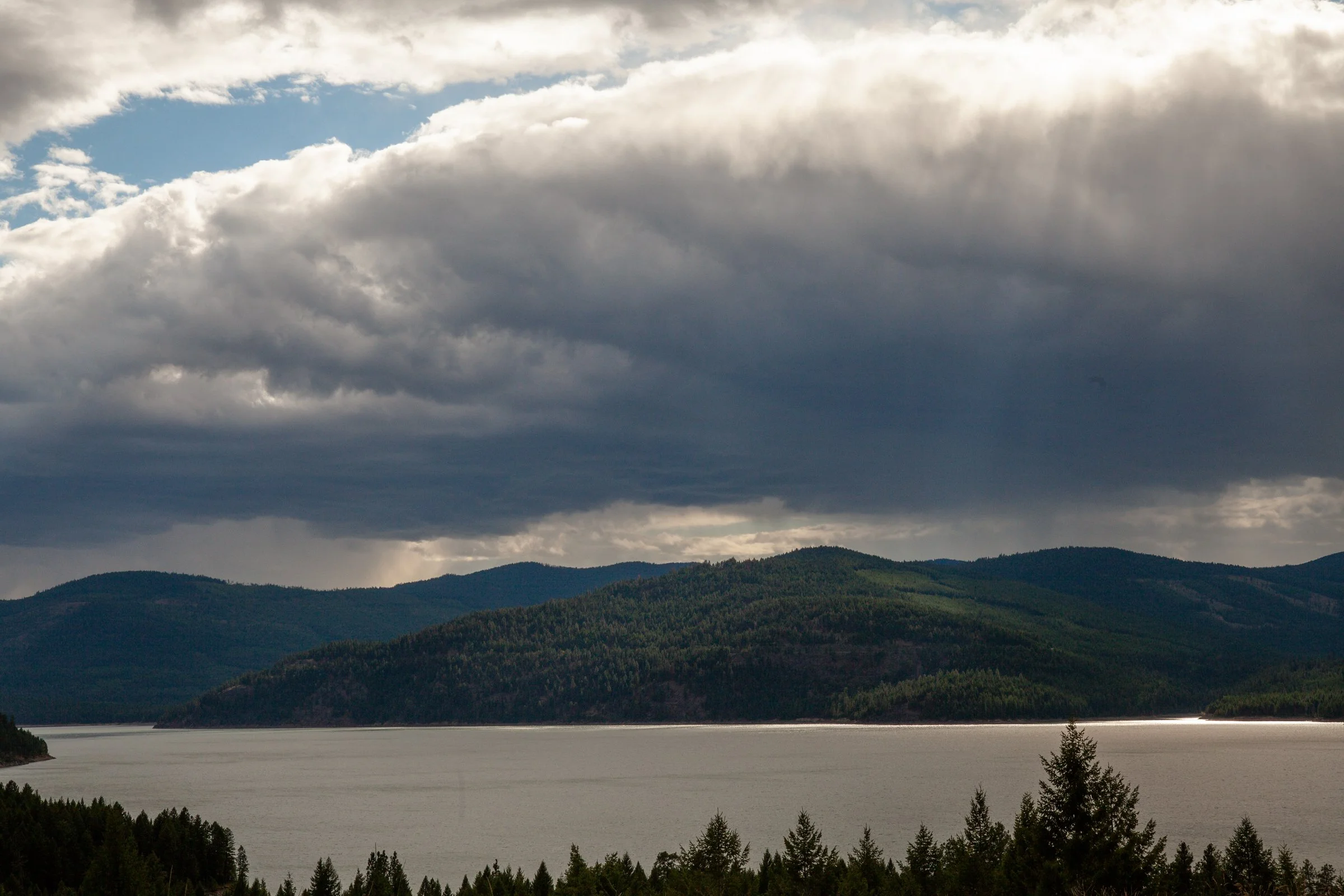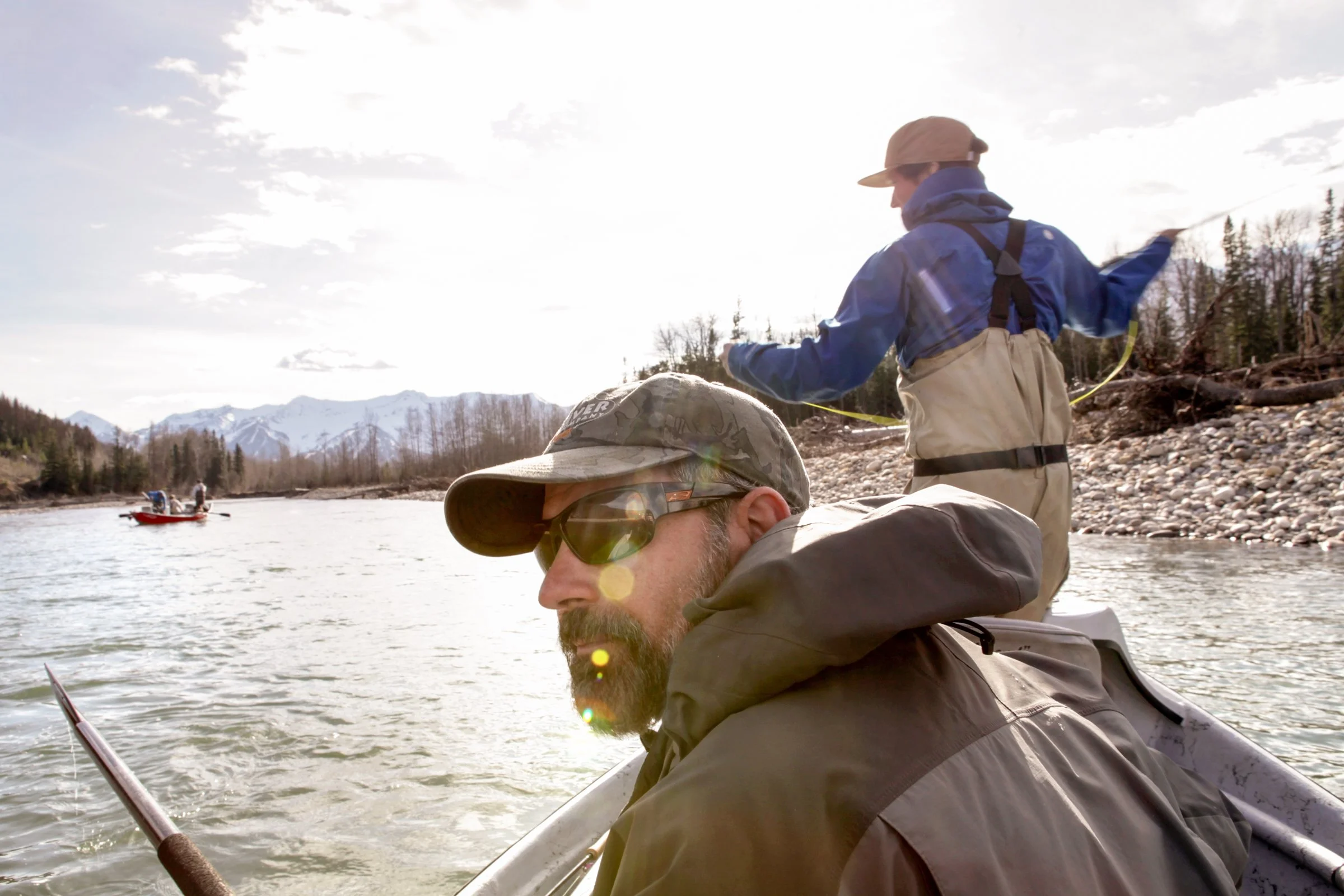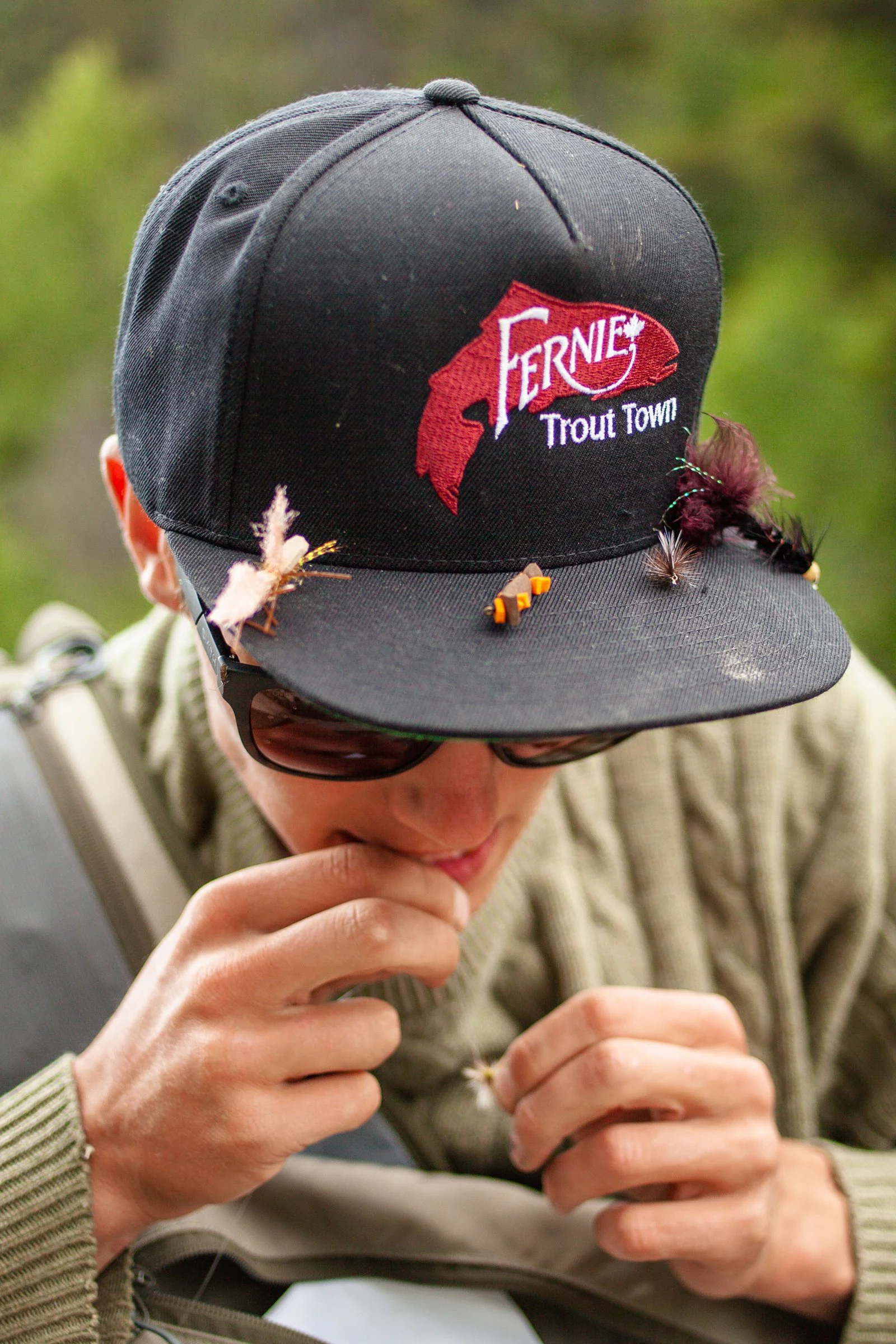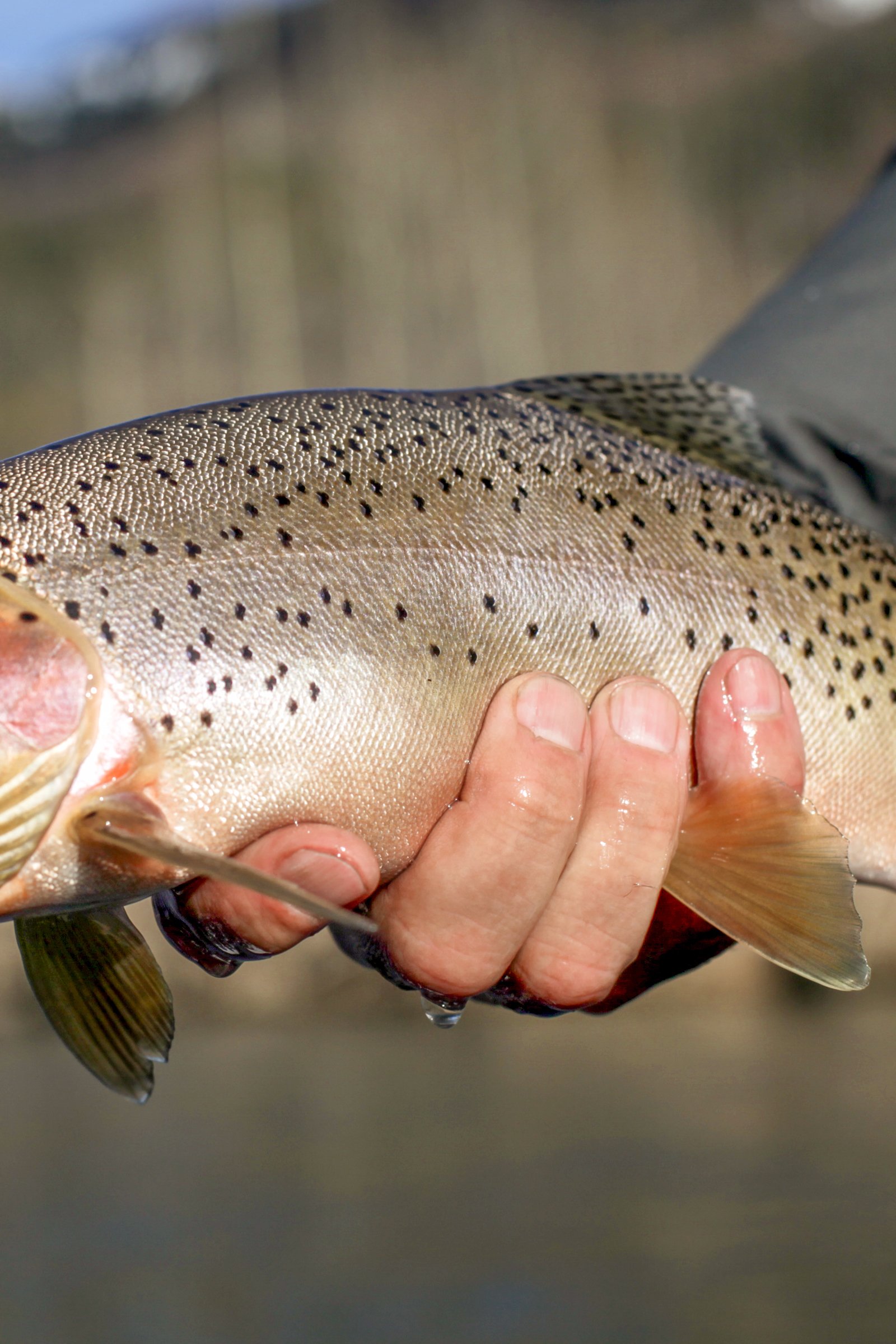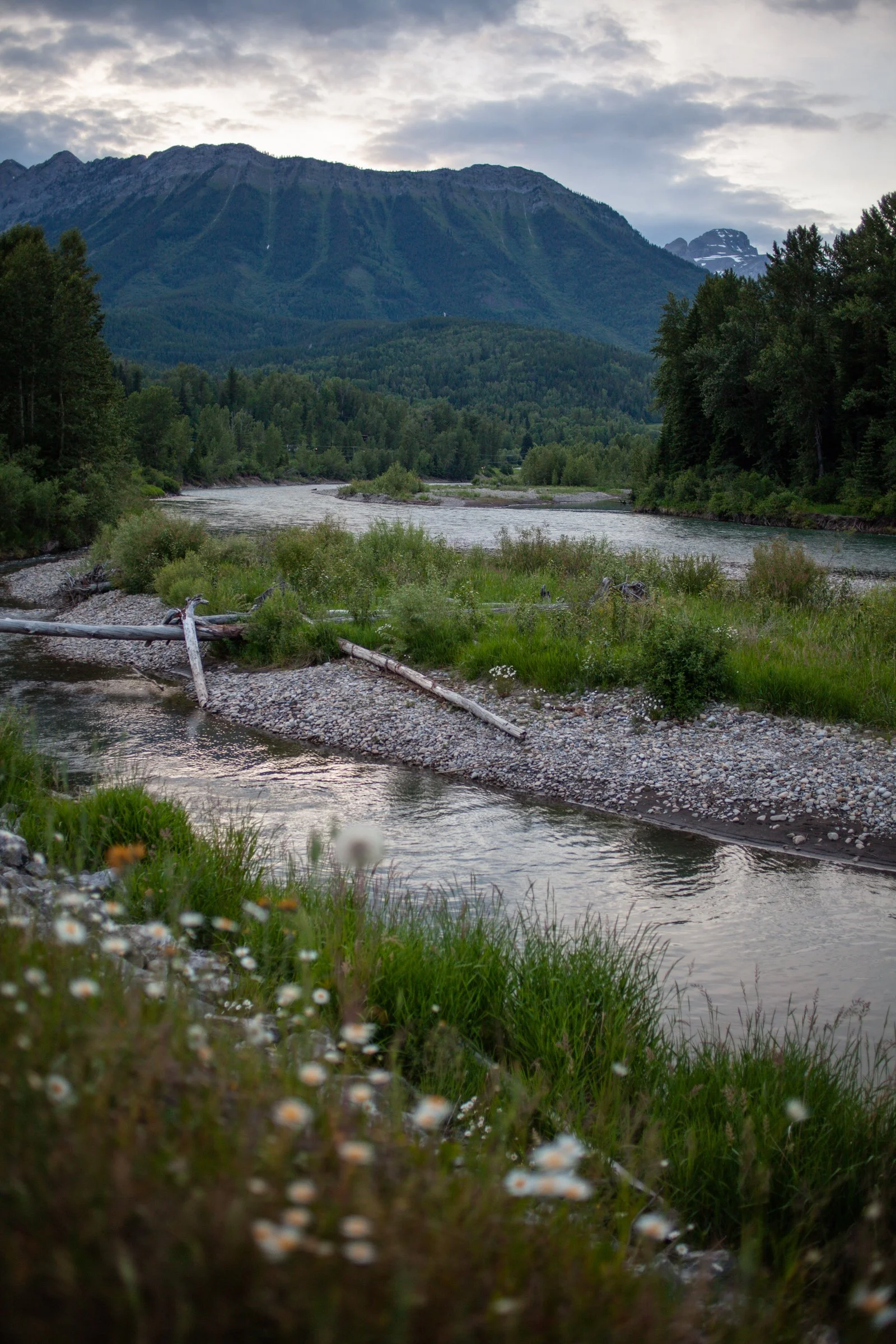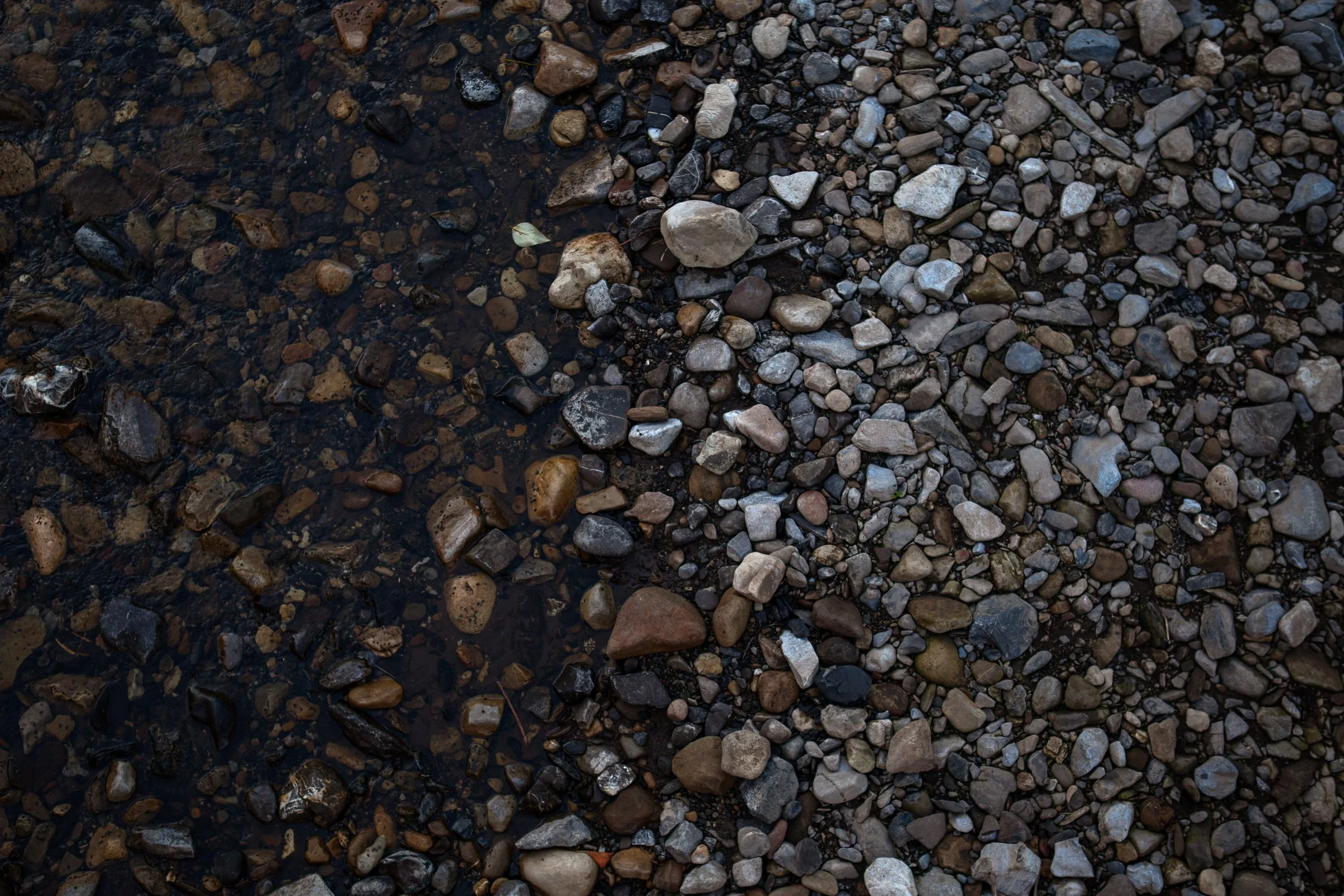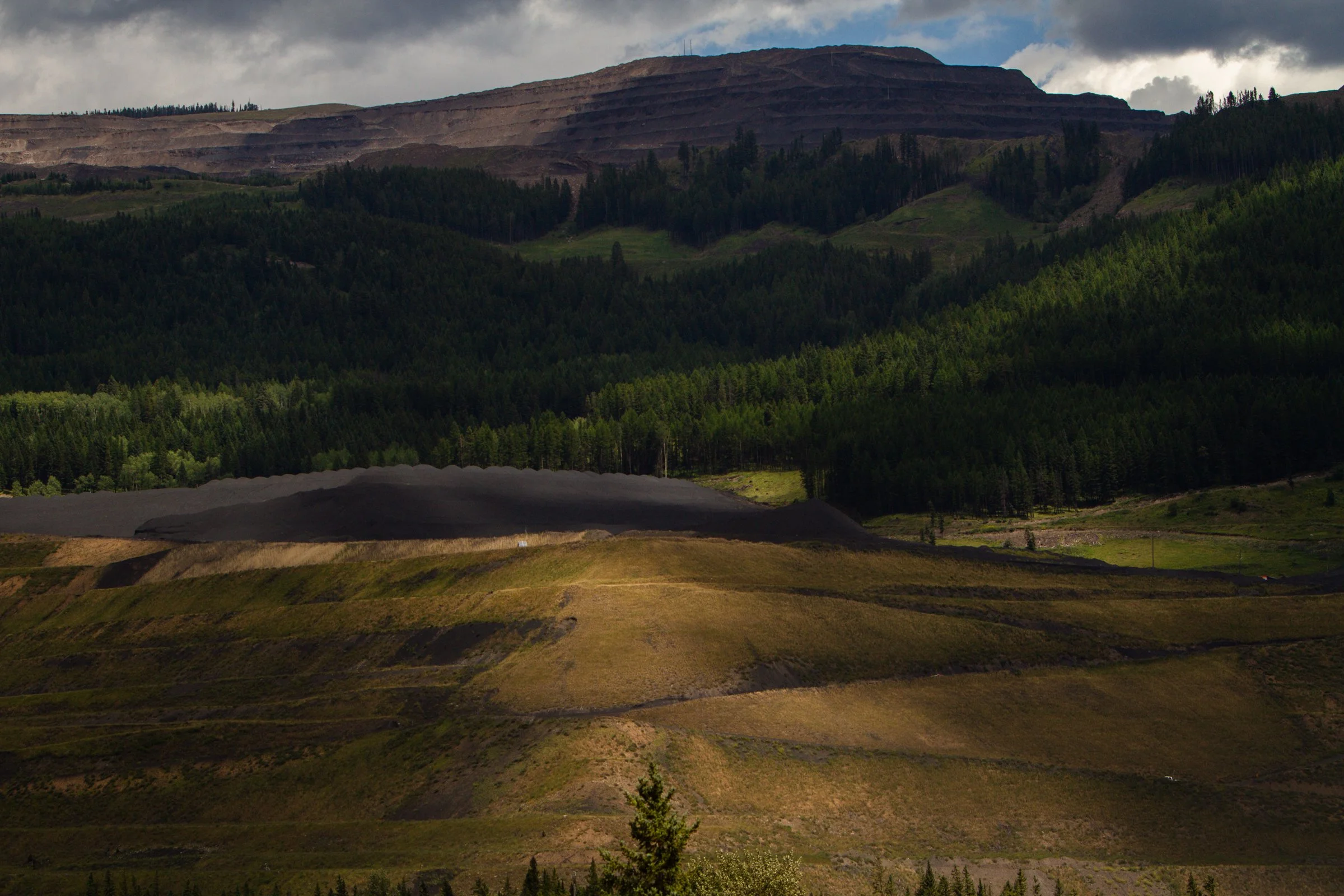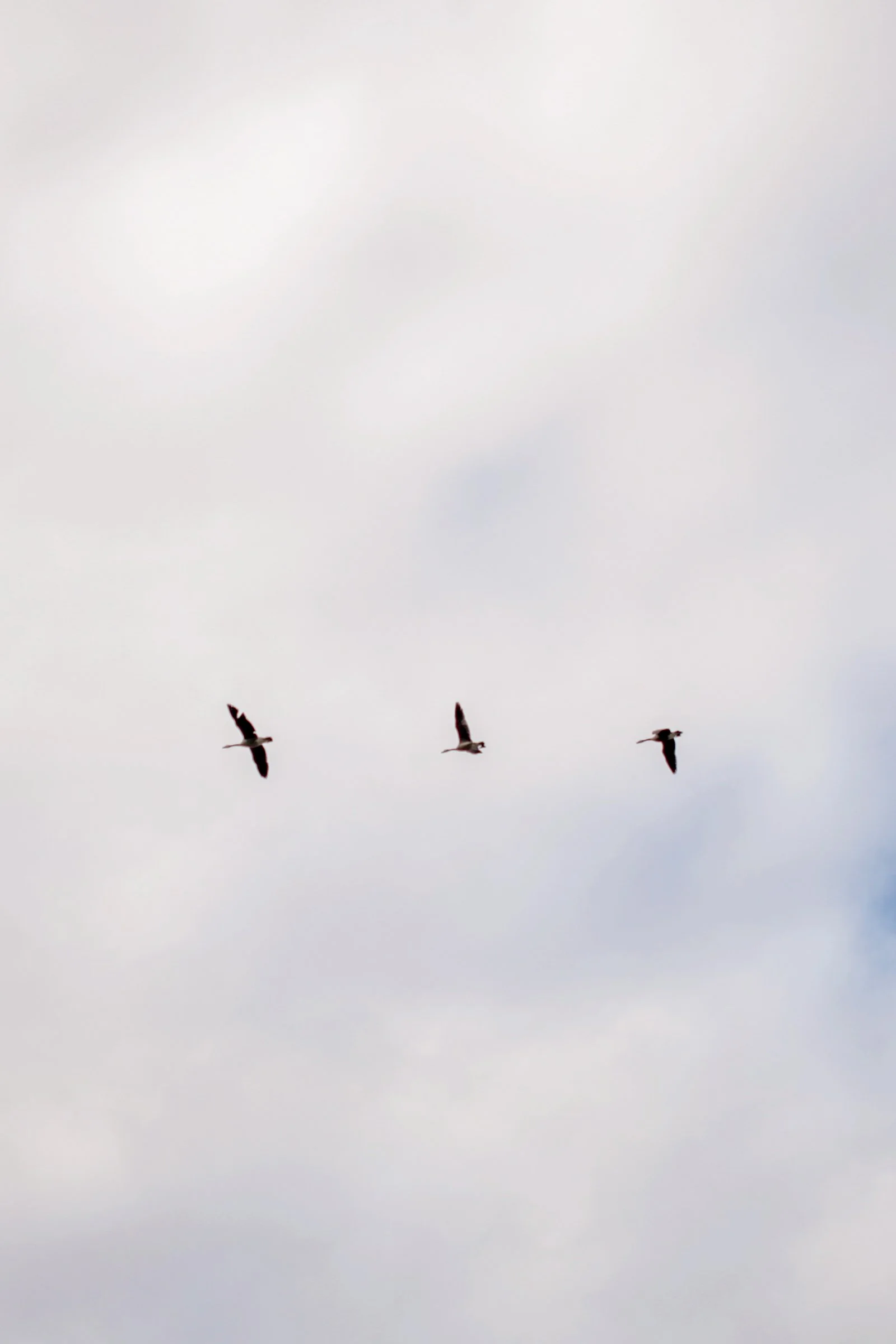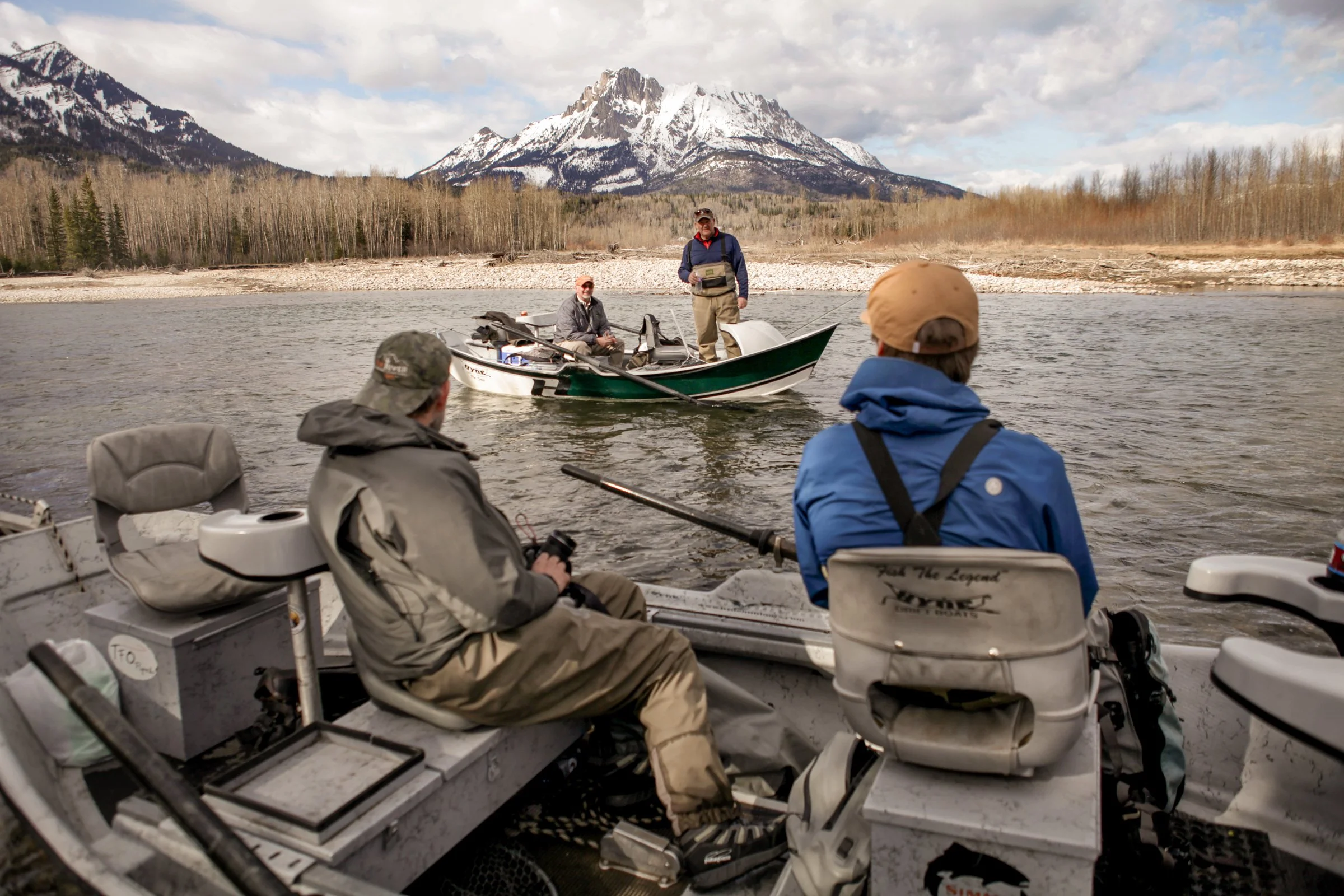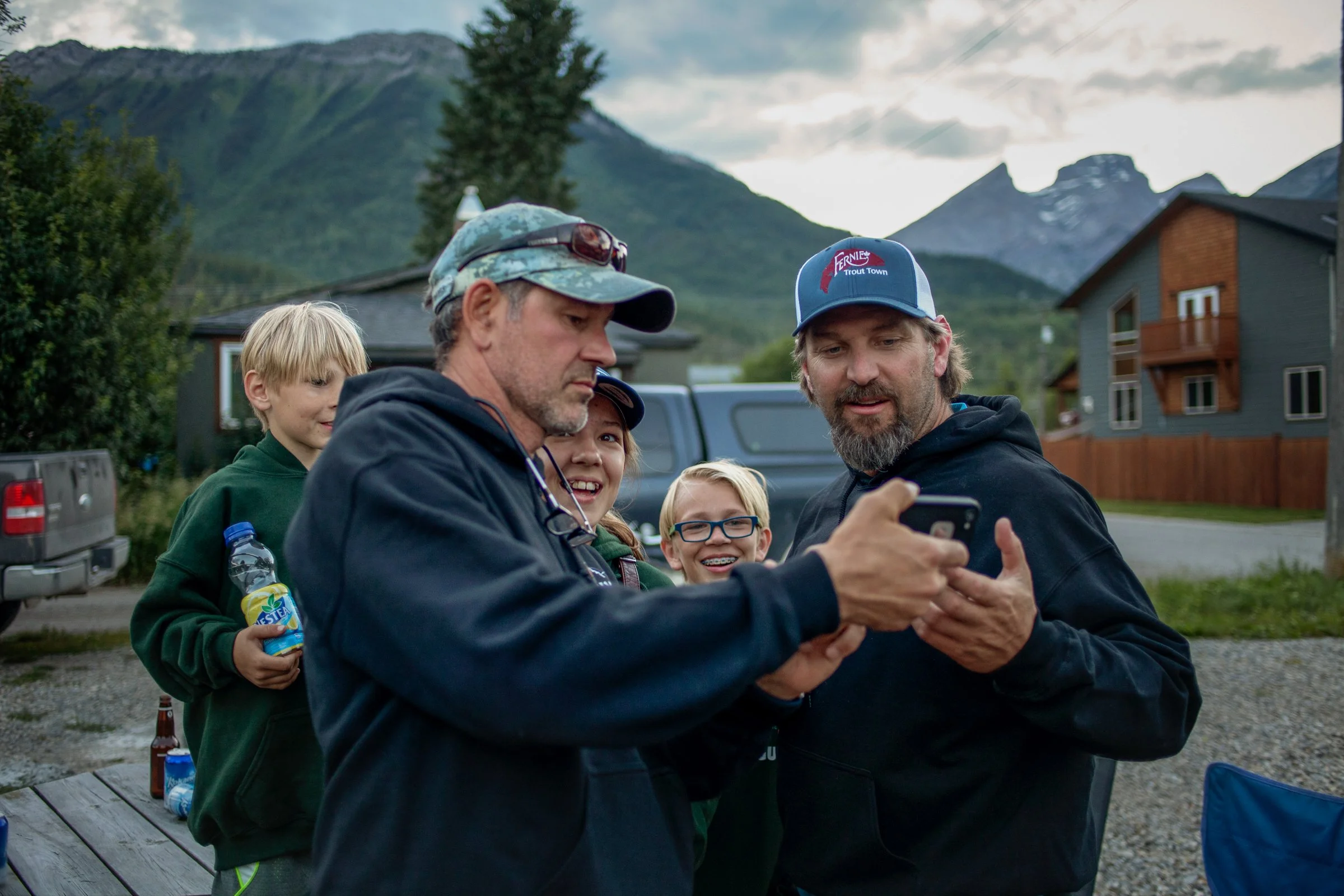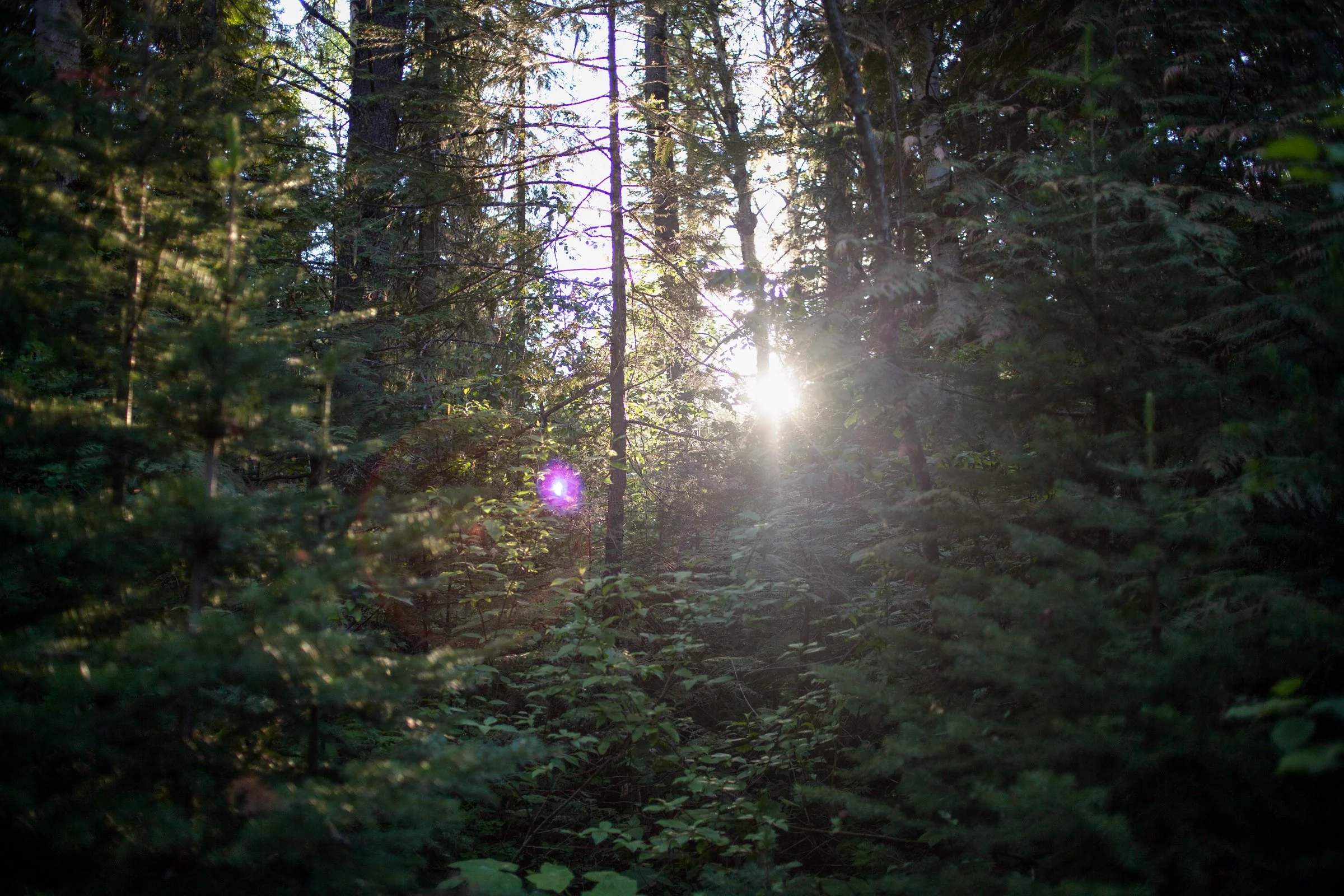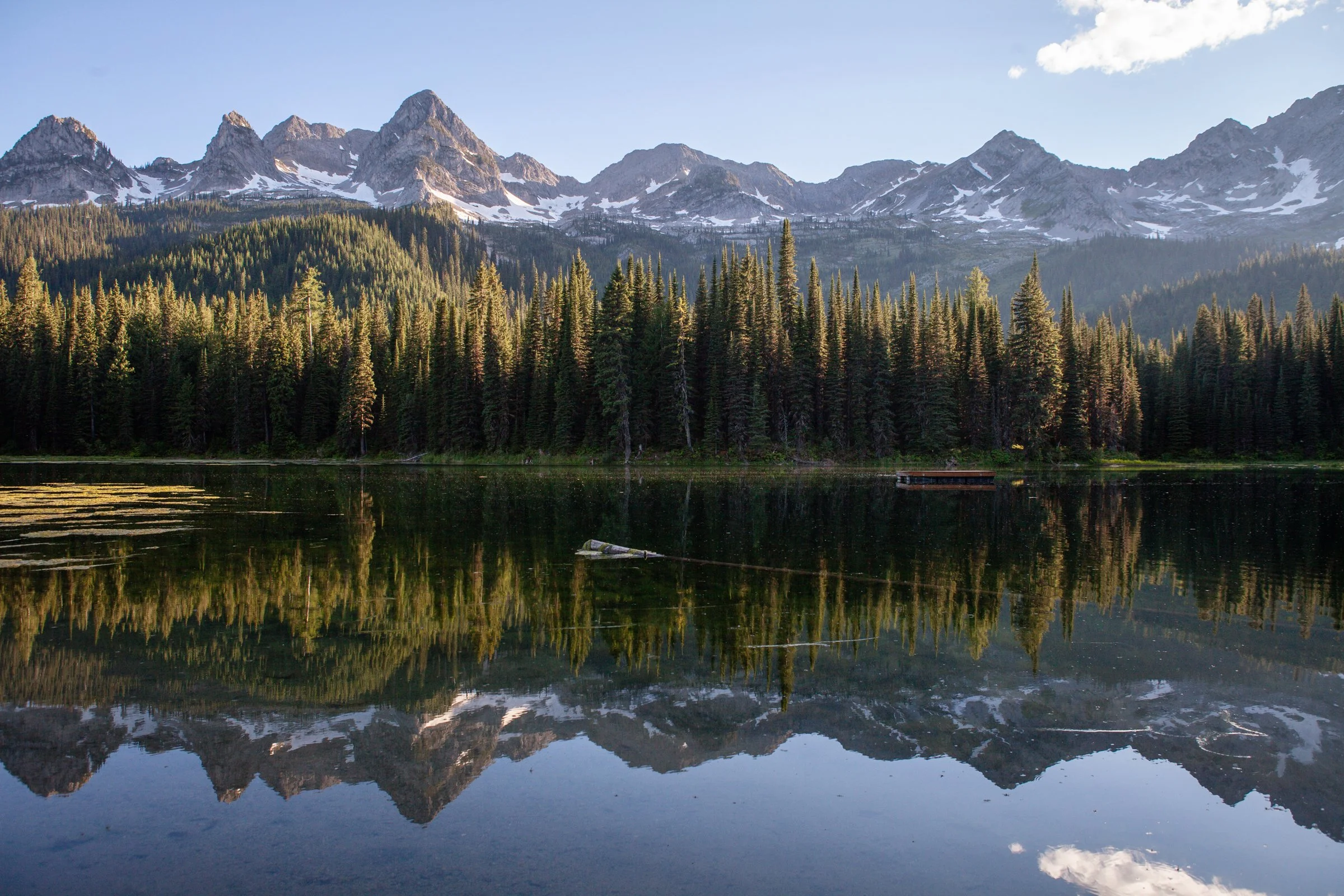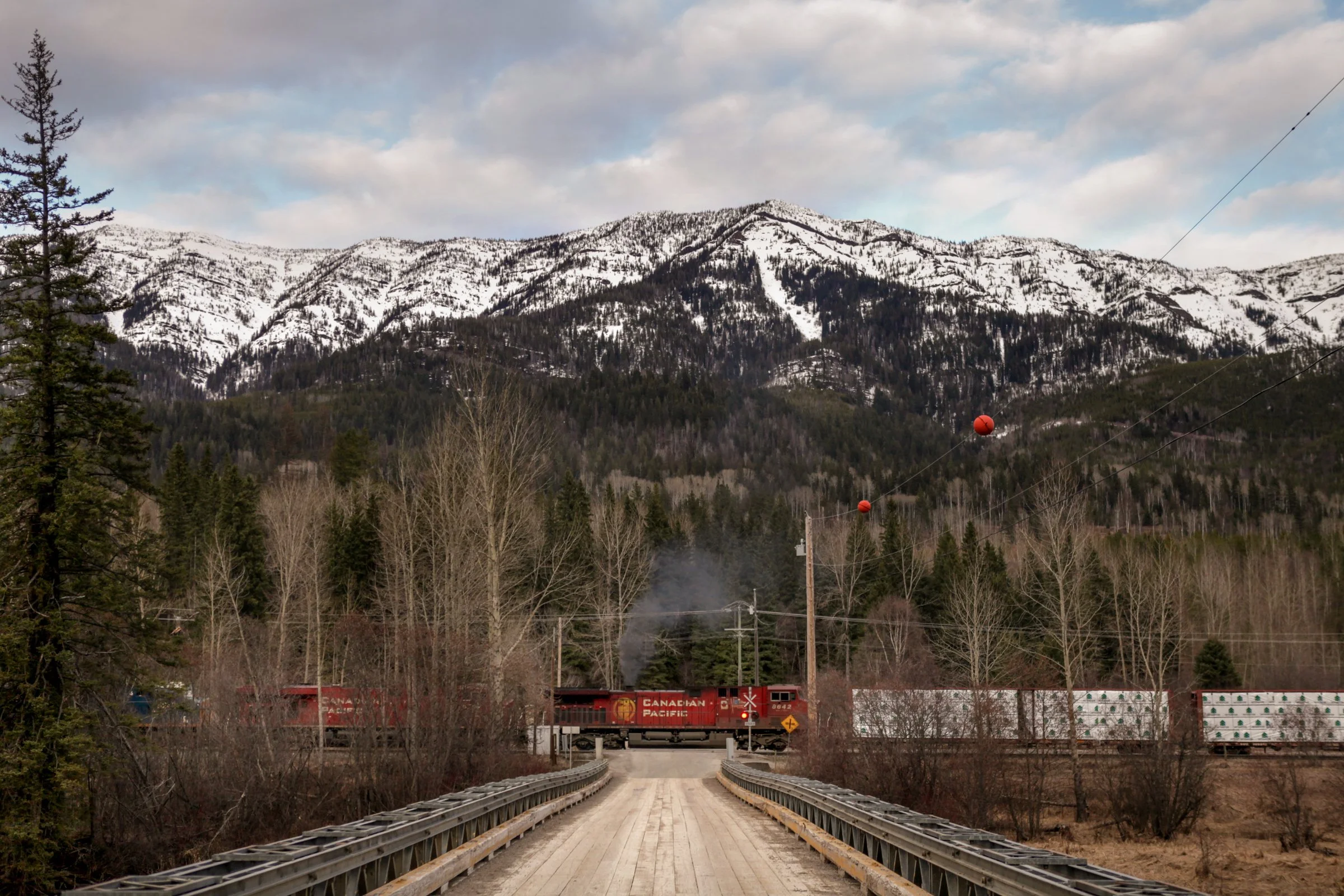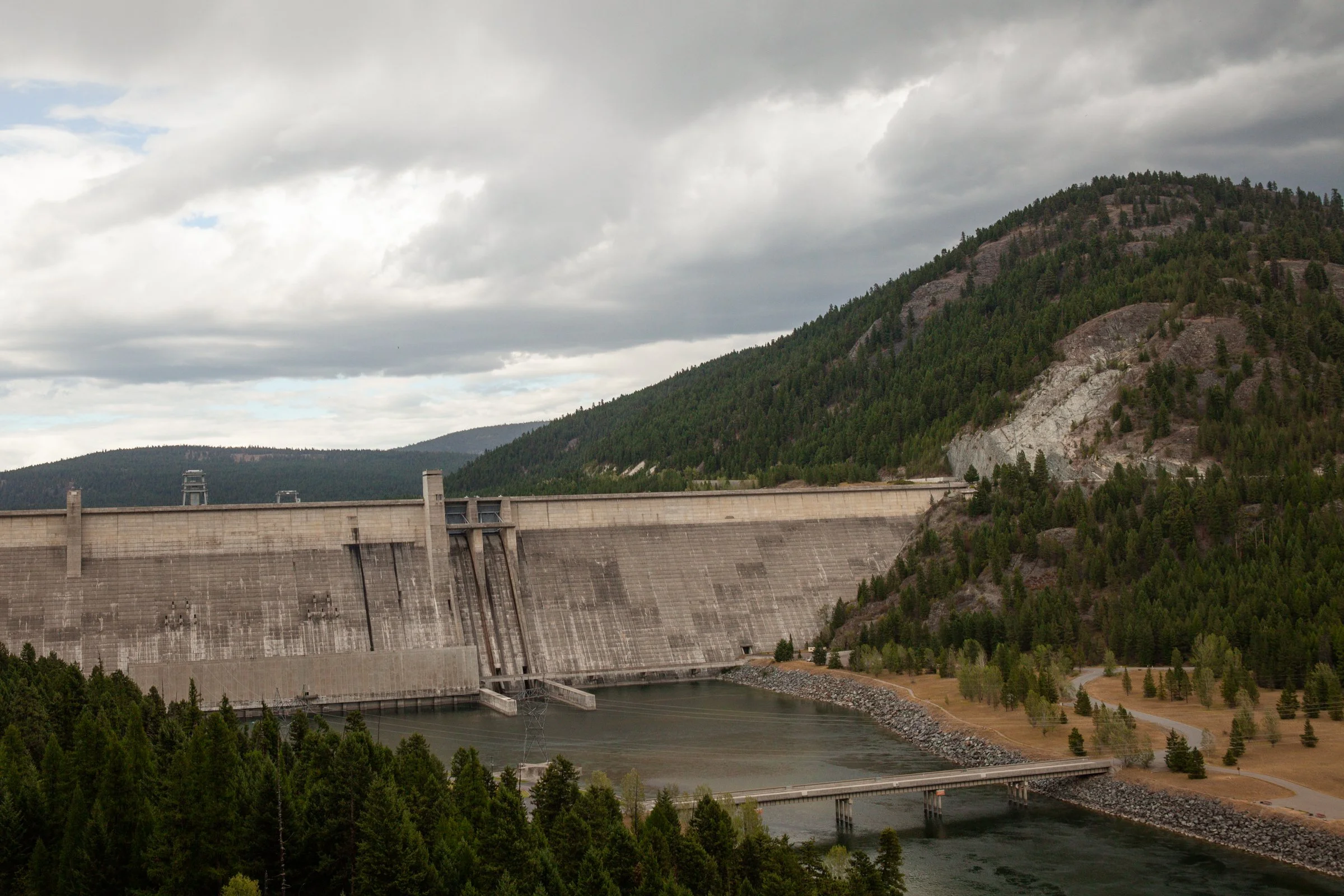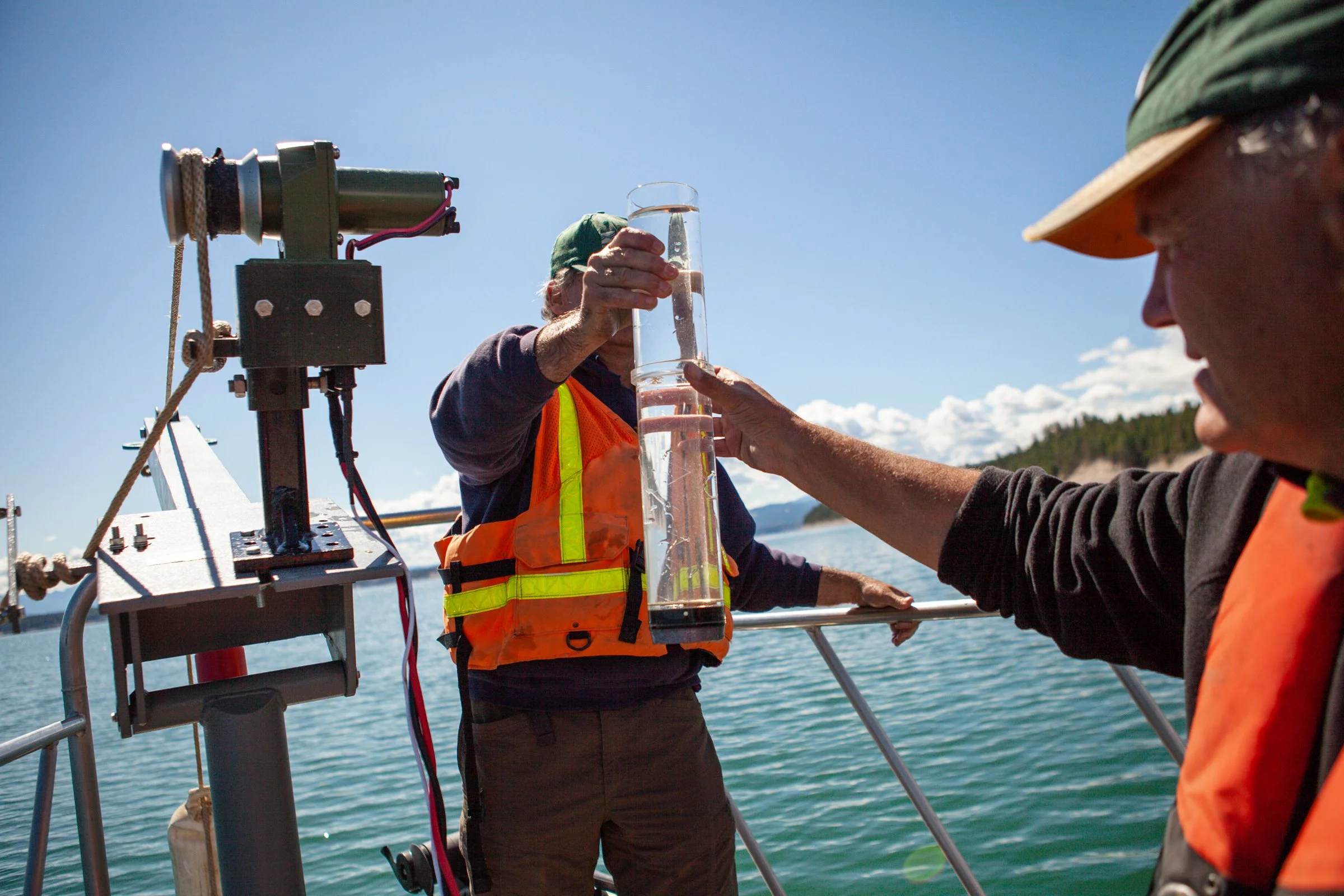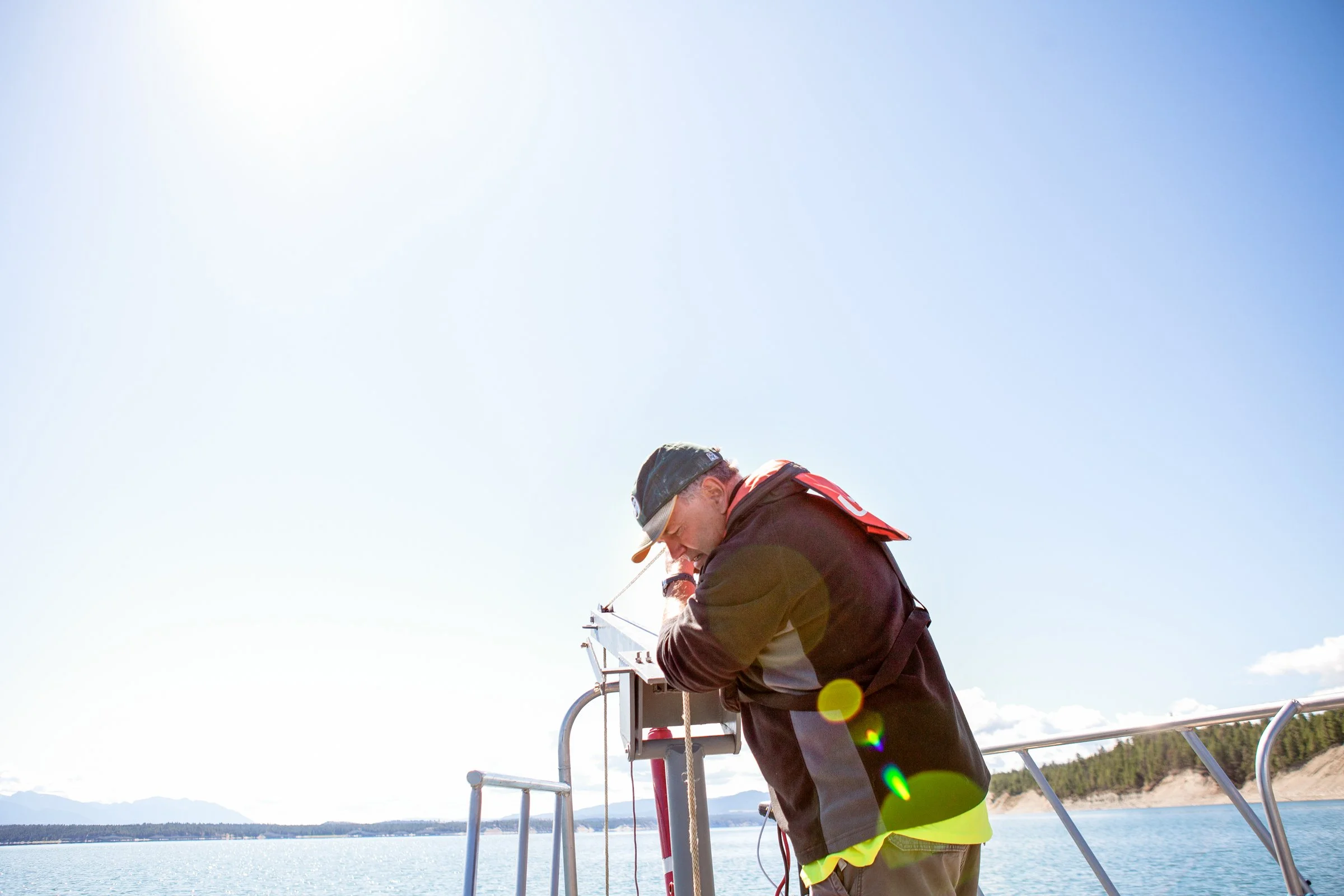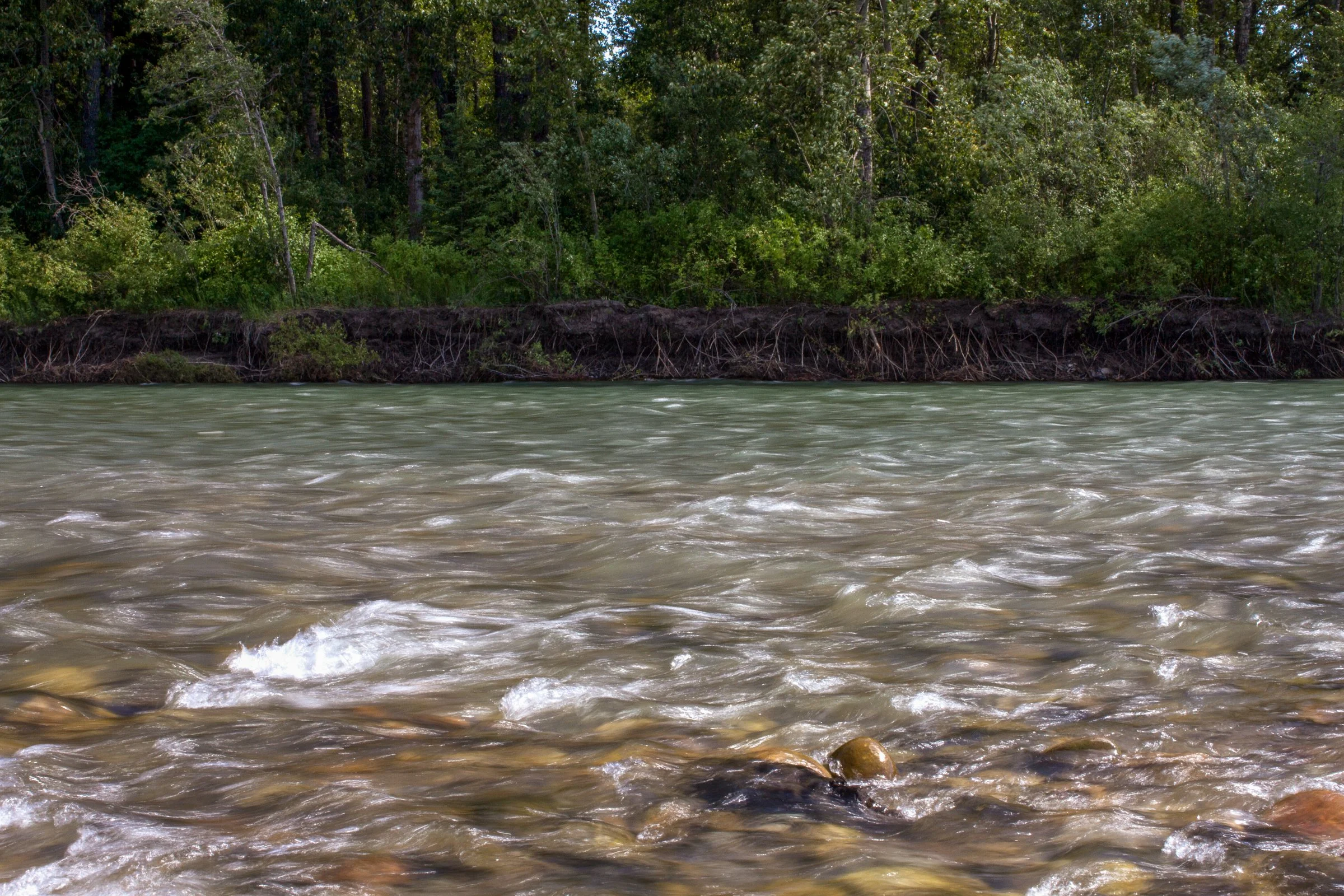Fernie, British Columbia / Koocanusa Lake, Montana
The teal waters of the Elk River meander roughly 140 miles through the mountainous southeast corner of British Columbia before they pool in the Koocanusa Reservoir, where they cross an invisible line in the lake that is the international border into Montana. For decades, the area has been lauded as one of the continent’s most fruitful ecosystems for fly fishing. The river also happens to drain Canada’s most productive coal country.
In 2013, a pair of American scientists published a study that confirmed the Elk is more polluted than previously thought. The river contains high levels of selenium, a poorly understood byproduct of mine waste. A naturally-occurring mineral, selenium is actually needed in tiny amounts to support healthy metabolism in animals. But mining and other industrial practices can cause it to accumulate to dangerously high levels in the environment, causing physical deformities and population crashes in fish and aquatic birds.
This past summer (2017), the Environmental Protection Agency tightened its standard regulation for the mineral in U.S. waters to reflect the evolving science of its potential damage. At the same time, British Columbia has granted permits to expand four of the five coal mines nestled along the Elk River, setting the stage for more waste rock and more selenium in Canadian and U.S. waters.
As the U.S. government takes steps toward stricter pollution controls and Montana conducts its own selenium research on Lake Koocanusa, residents who call the Elk Valley home are feeling forgotten. Paul Samycia owns Elk River Guiding Company and is one of a handful of fly fishing outfitters in the small town of Fernie, British Columbia. He appreciates the water treatment facility erected by Teck Coal, the company that owns the five mines, and he has faith that the U.S. will eventually pressure his own province into further protective action. Yet he can’t help but feel that it’s a low priority.
“All the baselines and all the targets seem to be: What is the level of selenium crossing the border?” he said on a pebbled bank of the Elk last spring. “Why aren’t we concerned about the levels of selenium in the river right here, flowing by my house or by my business or through my town?”
- reported with help from the Crown of the Continent Reporting Fund and published in High Country News
